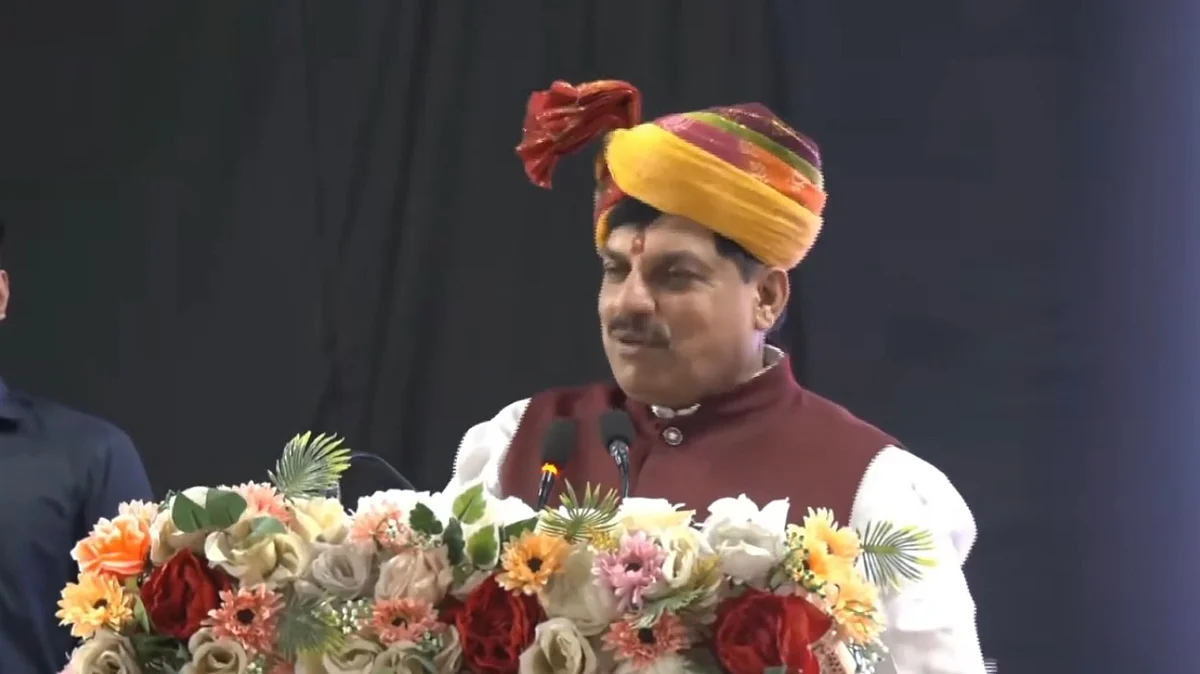
Of all the things we’ve used ChatGPT for in 2025, one of the most specific was: “What should we drink on a Dalston dive bar expedition on a Thursday night with cooler, younger clients, to avoid a hanxiety-filled Friday, with a board presentation to write?”
The answer? Neat Patrón or margaritas, with tips on hydration and sleep.
It actually worked. We had a great night, and woke up (relatively) clear-headed. This is what millions of people are doing every day: trading Google rabbit holes for AI when seeking product advice, personal hacks, and brand choices.
ChatGPT isn’t just an influencing preference. It increasingly is the preference engine.
Subscribe to the Daily newsletter.Fast Company’s trending stories delivered to you every day
Privacy Policy
|
Fast Company Newsletters
KILL THE FUNNEL
For decades, brand and marketing strategy has operated around a simple concept: the funnel. First, you capture awareness. Then, cultivate interest. After that, you guide consumers toward decision, and finally, conversion. Clean, rational, linear.
We all knew it was flawed but there was a directional truth to it that made it very useful to plan around. But in 2025, the time has come to kill the funnel.
We set out to write a paper on what to replace it with, drawing on extensive research, our client work, and input from our friends at Reddit. Here are the highlights so far.
HOW TO REPLACE THE FUNNEL
Consumers aren’t moving predictably through stages. They’re outsourcing research and shortlisting to machines. They’re skipping steps entirely. Just six months ago we’d have called BS on this proclamation. But today, this is very much happening:
Roughly 50% of shoppers in the U.S., UK, Canada, and Australia use GenAI for e-commerce tasks
Over 60% of U.S. Gen Z and millennials use GenAI to help manage their finances
Leading venture capitalists and tech leaders are speculating about a future where AI superagents dissolve the role of apps and traditional user interfaces
Of course the rate of change varies widely by purchase complexity, with an incredible 47% of travel shoppers feeling confident when using AI compared to 17% knowingly using it in grocery. But the overall picture is of a collapsing customer journey.
That means the strategies designed to move people through it will collapse with it.
The implication is profound. Brand building now has two audiences: Humans and machines.
2 MODES OF MODERN BRAND-BUILDING
To succeed in this new reality, marketers must operate in two parallel modes: Priming and proving.
Priming is about creating long-term predisposition with humans. Building familiarity, cultural relevance, and emotional affinity regardless of whether they’re currently “in market.”
Proving is about surfacing the evidence that both humans and deep learning algorithms trust. Delivering the information and signals that win in a machine-mediated, AI-driven decision moment.
HOW TO PRIME
Priming creates familiarity and favorability in human memories, to become the default choice in someone’s mind before they need to choose.
That means:
advertisement
Emotional storytelling that travels
Memorable brand codes and consistent assets
Participation in culture, including TikTok trends, Discord, or headline-making activations
Community-led content people want to remix, share, and live with
Experiences that build brand belief through action, not just ads
Orientating brand health measurement around “equity” metrics that track progress on how well you’re influencing human perceptions and memory structures
In other words, best-practice, 21st century “upper funnel marketing.” But less focused on interruption at scale and more on a coherent ecosystem of authentic, useful, and entertaining content/experiences.
HOW TO PROVE
Proving is where humans and machines overlap. It’s what shows up when someone (or something) is checking whether you’re credible, relevant, and worth recommending.
That means:
High-quality, up-to-date product and brand information across the web
Clear alignment between brand promise and experience
Independent reviews and endorsements
High-authority media mentions and expert takes
Fast correction of misinformation and inconsistent signals
Orientating brand health measurement around “entity” metrics that track progress on how well you’re influencing large language model (LLM) representation and retrieval
The proving layer is what determines whether AI assistants recommend your brand or skip it entirely.
THE NEW CUSTOMER JOURNEY IS A FLYWHEEL
Here’s the shift:
Where the funnel assumes a one-way path, priming and proving are a constant loop.
This is a flywheel, where strong priming makes AI recommendations feel more trusted, while great proving strengthens memories and impressions with humans and machines alike.
Viewing our Patron/hangxiety experience through this model, we’d already seen the Nothing to Hide platform (priming). The subsequent experience of the LLM recognizing bartender advocacy (proving) on the same topic likely influenced our momentous drinks decision.
This is what brand leadership looks like in the AI era: not guiding people down a funnel, but building a self-reinforcing system where emotional equity and informational credibility compound.
FINAL THOUGHT: HELPING HUMANS > HACKING SYSTEMS
The brands that win in this new era of customer decision making won’t do it by hacking a single channel or reverse-engineering one LLM’s ranking logic. The innovation rate is so fast that no one really knows how this will play out. What feels like a hack today may be obsolete tomorrow.
But there are clues. Nick Turley, head of ChatGPT said recently that while they are still really in the “MS-DOS phase,” ultimately the experience is being optimized to help people thrive rather than for a specific engagement or time metric. So it follows that the brands they favor will do the same, through being as useful, trustworthy, and interesting as possible.
Great brand building has always been about these qualities. But we cannot underestimate the paradigm shift caused by them being codetermined by hyperintelligent machines.
The flywheel previously known as a funnel is already spinning. CMOs should jump on it now, or watch competitors generate exponential growth while they wait.
Neil Barrie is global CEO and cofounder of 21st Century Brand. Dan Hauck is executive strategy director and partner of 21st Century Brand.



